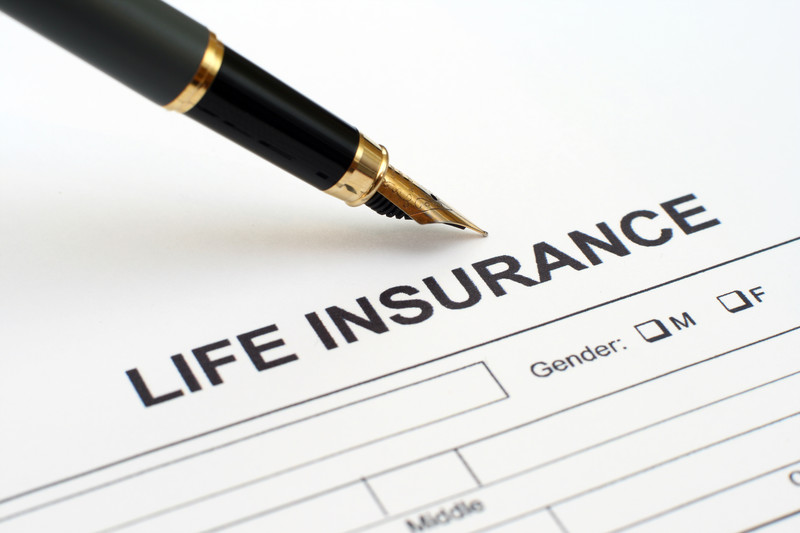No one likes thinking about life insurance, but purchasing a policy means your loved ones will not find themselves in a difficult financial situation if you were to die unexpectedly.
A life insurance policy will provide you with peace of mind in case you’re diagnosed with a terminal or debilitating illness. With some types of life insurance, you also have the option to cash out your policy in case of an emergency.
Types of Life Insurance
These are the most common options:
- Whole life. A whole life insurance policy is valid for your entire lifetime, provided you pay the premiums. Advantages include a guaranteed pay out for your loved ones, premiums that do not increase, and cash value (which means a portion of your life insurance builds up cash value you can borrow against).
- Universal life. Similar to whole life insurance, you can also build cash value with this type of policy. You receive interest on your cash value and most policies have a minimum guaranteed interest rate. Some policies let you choose from various investments within the policy, but such investments don’t come with a guaranteed interest rate.
- Term life. A term life insurance policy is a more affordable option. Although the term of the policy can vary, clients typically purchase coverage for twenty years. In most cases, term life insurance policies only include a death benefit. Most insurance providers will give you the possibility to renew your policy once it expires, but the premiums will be re-evaluated.
A term life insurance policy is your best option if you’re on a limited budget and want to secure a death benefit for your loved ones.
However, a whole life insurance policy is a better investment in the long-term since your premiums never go up and you’ll always have the option to borrow against a portion of the cash value of your policy.
Cost Factors
It’s important to understand the factors that affect the cost of life insurance before you buy a policy. The type of coverage you buy influences the cost of your premiums, but insurance providers also look at different factors to assess how much of a risk you represent for them.
These factors influence how your premiums are calculated:
- Your medical history, existing health conditions, and weight
- Your occupation and any risks associated with your profession
- Any risks associated with your hobbies. Dangerous hobbies include sky diving and more.
- Whether or not you smoke or drink
- Personal information such as your age, gender, and your family history
A no-exam policy is your best option if existing health conditions or bad habits such as smoking and drinking prevent you from securing affordable premiums. Typically, a no-exam policy costs more than other life insurance products, but it might be your best option.
If you cannot find an affordable policy, look into making a few changes to your lifestyle so that insurance providers will see you as less of a risk. You could, for instance, lose a few pounds, quit smoking, or take steps towards managing an existing health condition.
Also, it’s smart to take the time to compare rates and policy benefits from several companies.
Selecting a Life Insurance Provider
Besides choosing a policy that meets your needs, it’s also important to select a reputable life insurance provider.
It’s best to buy a policy from a renowned insurance company that will still be around decades from now. Your insurance provider should offer good customer service and take the time to answer all your questions about their products. Checking reviews and reports published by consumers’ associations will also help you choose a provider.
Comparing life insurance products, learning more about insurance providers, and requesting quotes will save you money and help you find a policy that’s right for you. This process takes time, but you’ll enjoy greater peace of mind once you’ve made your purchase.

